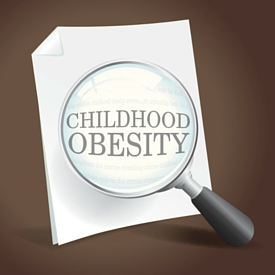
Obesity has surpassed smoking as the #1 non-disease killer in the United States.
The health risks associated with obesity are numerous and include:
 |
|
 |
|
 |
|
 |
|
 |
|
 |
|
 |
|
 |
|
 |
|
 |
|
 |
|
 |
|
 |
|
 |
|
 |
|
 |
|
Source: Center for Disease Control and Prevention
Overweight Trends among children:
The average 11-year old boy weighs 11 pounds more than in 1973.
(Source: New York Times, 09/04/03)
Nearly 16 Million 6-19 year olds are overweight or at risk of being overweight.
(Source: CDC)
Overweight adolescents have a 70% chance of becoming overweight or obese adults.
(Source: National Center for Health Statistics)
Obestiy rates in adolescents have tripled in the last 20 years
(Source: American Health Association)
Center for Disease Control and Prevention’s top priorities for fighting obesity:
- Decrease TV viewing time
- Increase Phsysical Activity
- Increase consumption of fruits and vegetables
- Increase breastfeeding rates
Junk Food Juveniles:
3,000 parents surveyed by phone about what their child ate that day:
1/3 of the children under 2 consumed no fruits or vegetables.3,000 parents surveyed by phone about what their child ate that day:
- 9% of children 9-11 months old ate fries at least once per day. For those
- 19-24 months old, more than 20% had fries daily.
- Hot dogs, sausage and bacon also were daily staples for many children – 7% in the 9-to-11 month group, and 25% in the older range.
- The median calorie intake for 1-2 year olds was 1,220 calories – nearly 30% over the recommended 950 per day.
(Source: Gerber Products Company, 2003)


